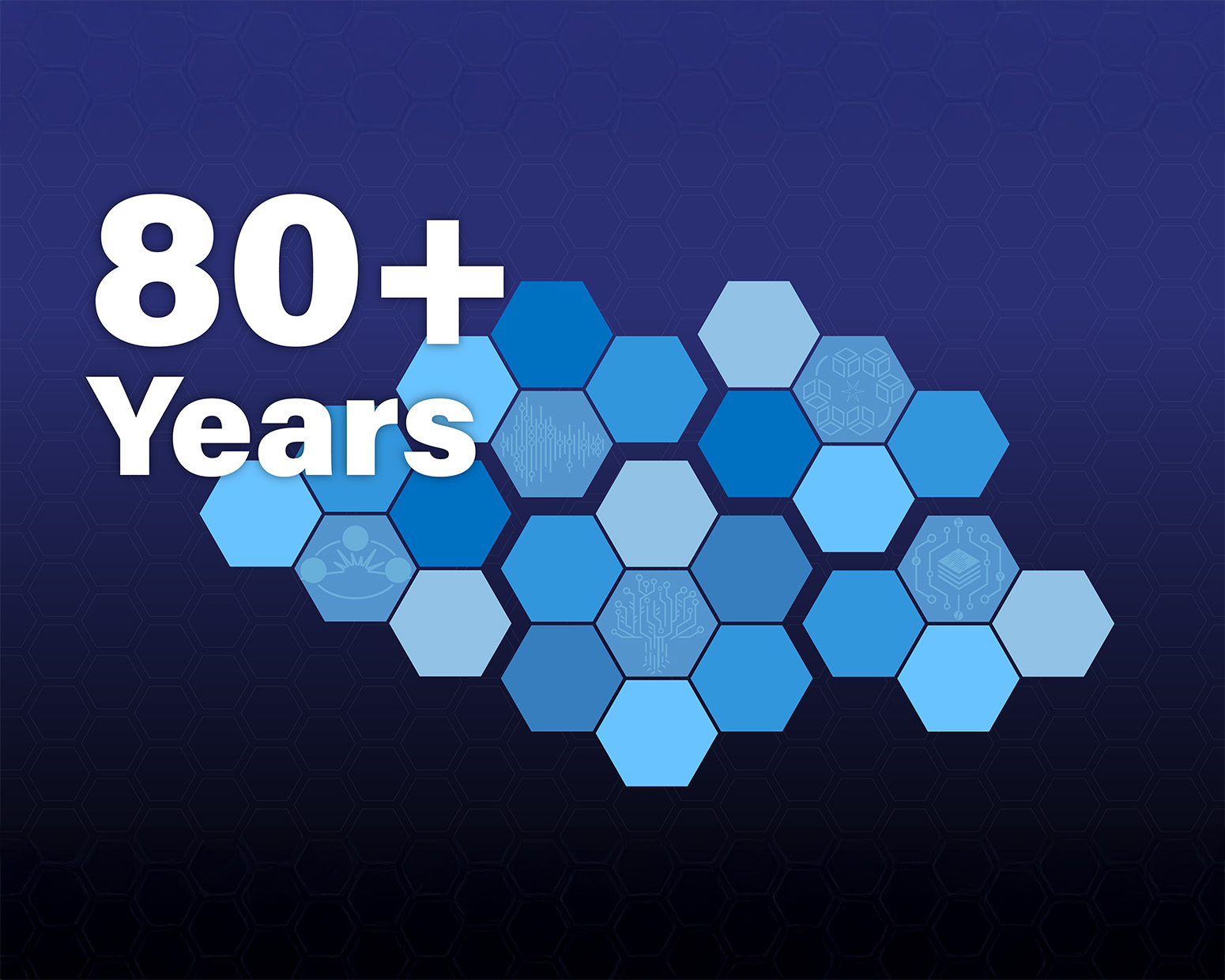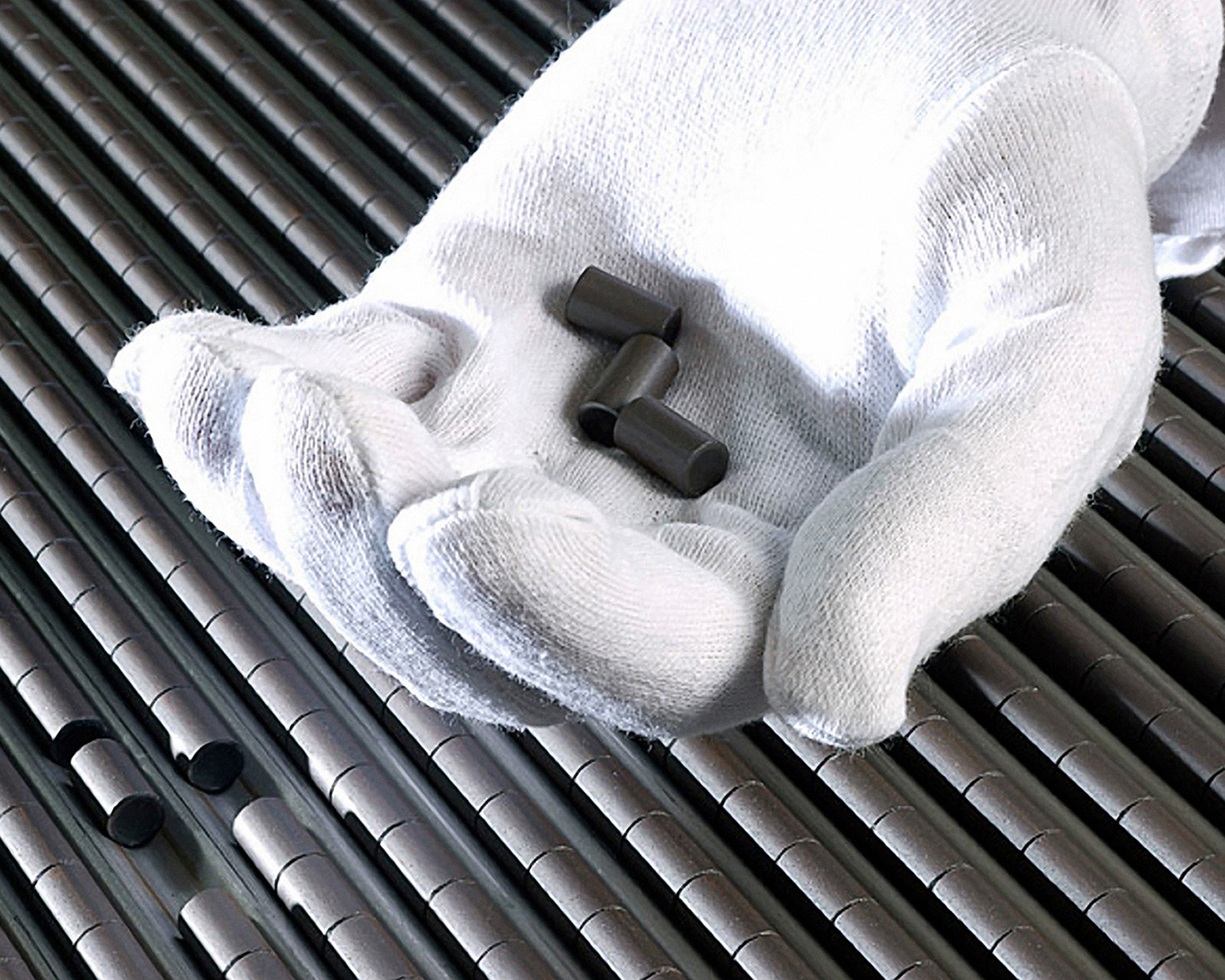Exploring cave bacteria for science and education
Volunteers nurture budding scientists in microbiology, genomics and bioinformatics

Although taken from separate cave systems in different states, two newly isolated strains of a type of bacteria called "Paeniglutamicibacter" have identical genomes, according to scientists from Los Alamos National Laboratory and the University of New Mexico.
Why this matters: These closely related but distinct genomes provide a resource for those studying how bacteria survive in cave environments.
How they did it: Using cave data from the Diana Northup lab of UNM, volunteer scientists sequenced, assembled and analyzed the bacterial genomes ahead of a genomics STEM course for high school students. The U.S. Department of Defense’s Oak Ridge Institute for Science and Education (ORISE) invited the Lab’s Bioscience division to develop the lesson plan and mentor students.
- Students were given a series of "unknown" bacterial isolates, which they tested through microbiological means. DNA extractions and short-read sequencing gave them enough clues to formulate a hypothesis about these samples, which they knew came from different cave systems.
- With a science question in hand, the students pursued genome sequencing and bioinformatics to show that these, indeed, were identical bacterial isolates.
- The volunteer mentors worked with students at UNM. The analyses and writing leading to the genome publication were done at Los Alamos.
Funding: Genomic sequencing was supported by ORISE through the Joint Science and Technology Institute West program. The Lab’s community service program funded the scientists, and Bioscience division funded the publication fee.
LA-UR-25-26070





